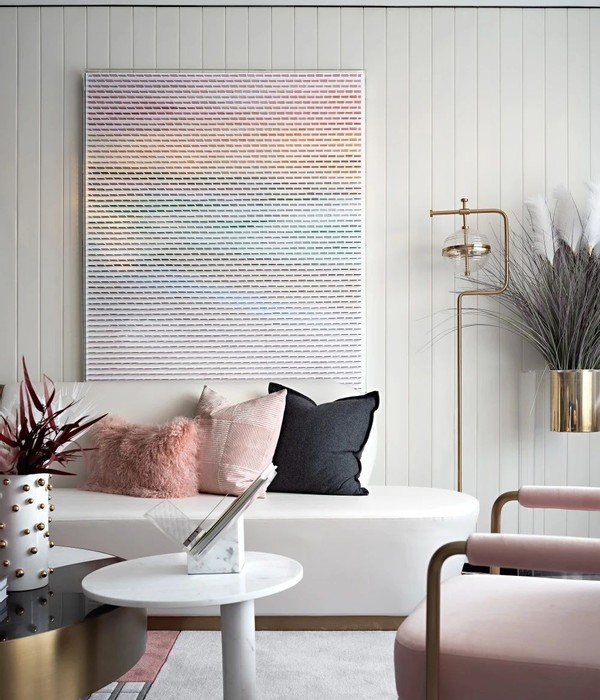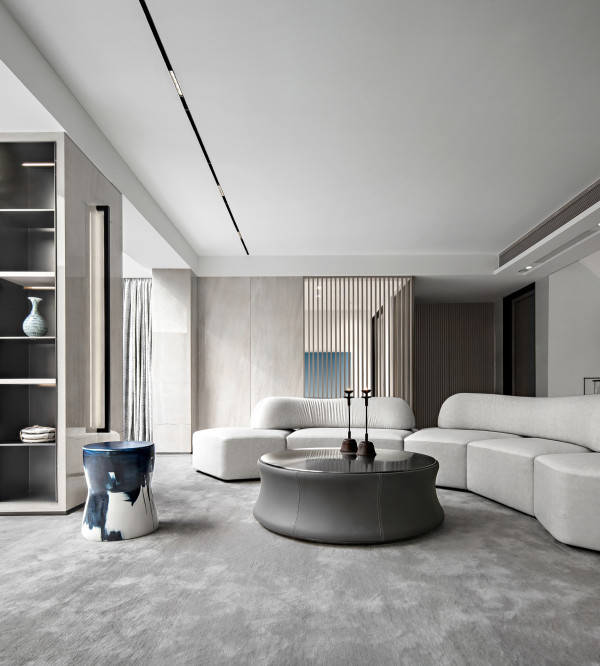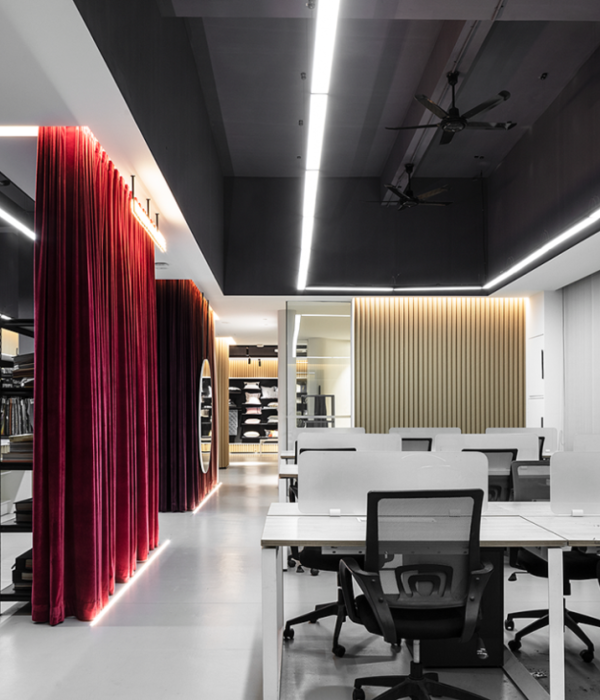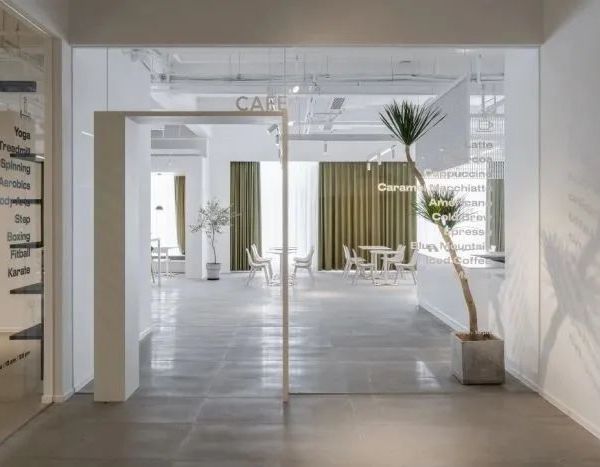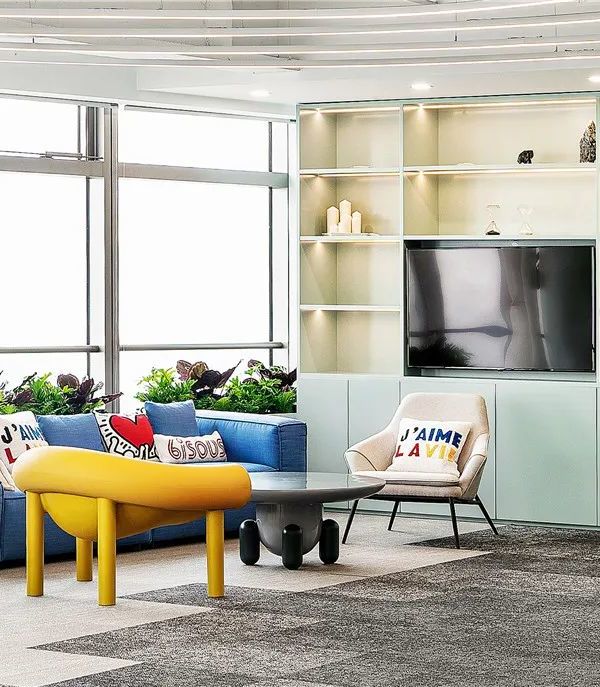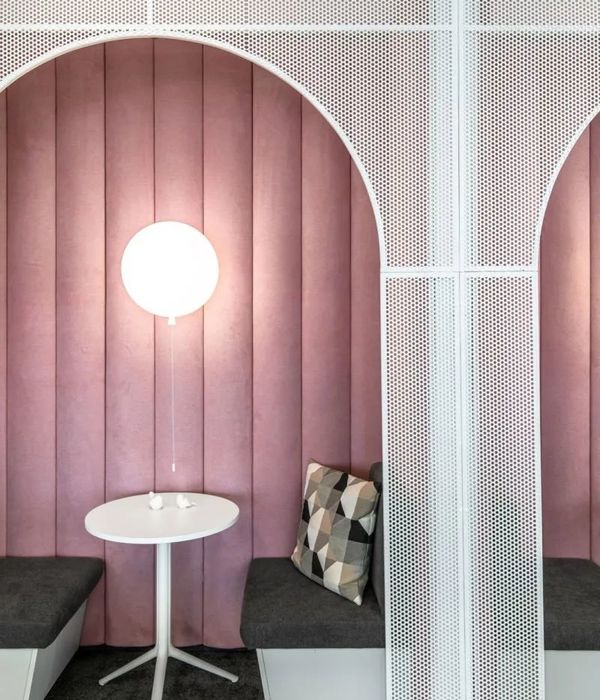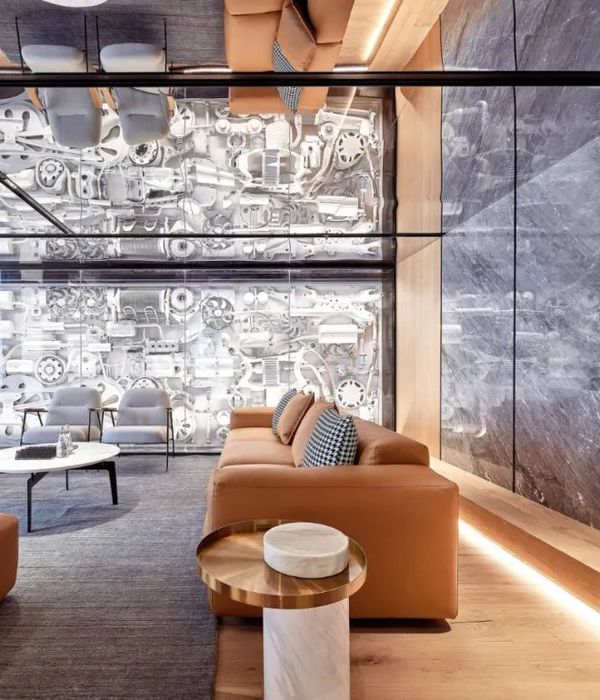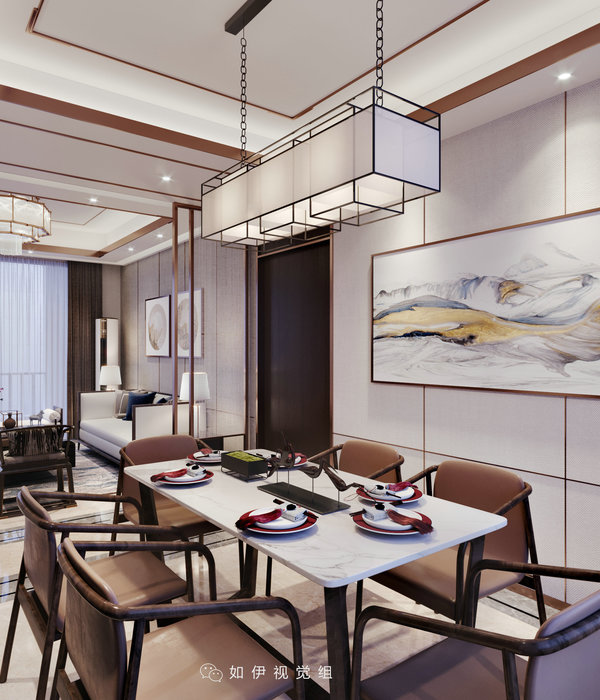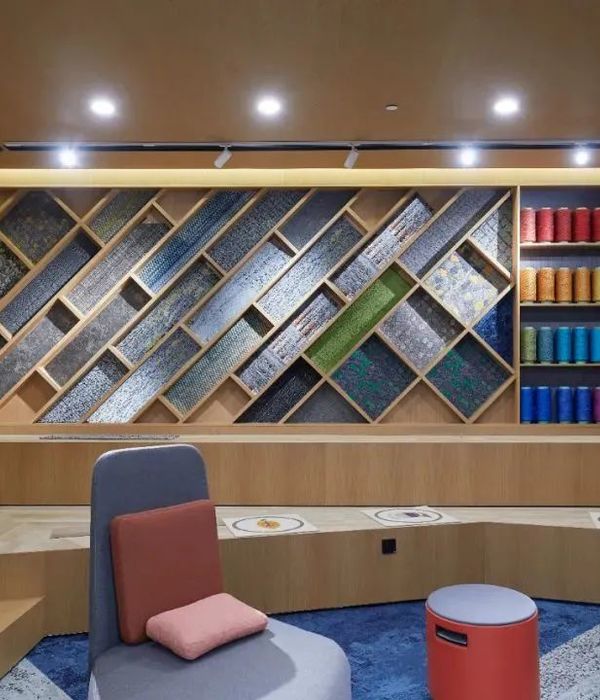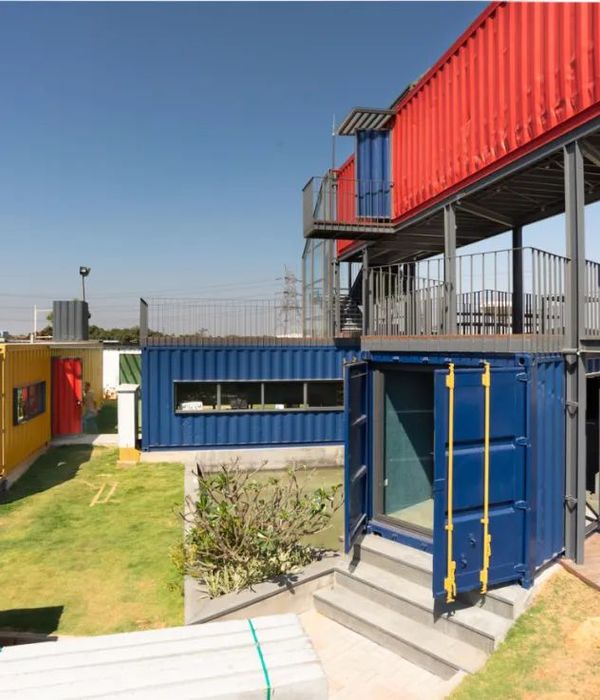Sabine Marcelis creates ten fountains for Fendi to commemorate a decade of the Italian brand’s participation in Design Miami. Photography: Qui Yang
Water, one of the most essential elements of life – has long been a central creative feature for Fendi. Some 40 years ago, the house found inspiration in the waters in Rome, producing Histoire d’Eau, the first film in the history of fashion, to present its inaugural ready-to-wear collection for women through a young model traversing the fountains of Rome. Now, Fendi is continuing its fascination with the theme; this time by commissioning Dutch designer Sabine Marcelis to create a series of installations during Design Miami that also take their inspiration from the Italian capital’s fountains.
‘FF’ has water resting in a carved concave void. Photography: Carl Kleiner
Marcelis came to the design world’s attention with her luminous masterpieces in glass and resin, which she manipulates in such a way as to create the similar fluid quality of water. ‘Water is such an interesting material because of its changing state of shape and appearance,’ she says. ‘It’s such a luxurious thing as well; it’s much undervalued and I think it’s nice to showcase its beauty in a luxurious manner like this.’
‘Labirinto’ features a labyrinth pattern holding water. Photography: Carl Kleiner
This body of new work, ‘The Shapes of Water’, will be presented at Design Miami in December to mark the 10th anniversary of Fendi’s collaboration with the design fair.
Female designers have been something of a rarity in the field of high design, yet Fendi has collaborated with a number of them, including Maria Pergay, Cristina Celestino and Chiara Andreatti. Silvia Venturini Fendi, heir to the furrier and leather goods company, who is responsible for commissioning the intallations says, ‘Over these 10 years, I have noted that women designers pay more attention to the context while men focus on the one-of-a-kind piece.’
‘Tegole’ has water flowing down its angled patterned surface. Photography: Carl Kleiner
The fountain theme has particular resonance for Fendi. In 2013, the fashion house set up the Fendi for Fountains initiative to restore the famous Trevi Fountain and several others as part of its commitment to Rome and its culture. Marcelis has created ten travertine-mounted, cast-resin fountains incorporating water, each of which represents a Fendi icon. ‘When I went to the headquarters to see the atelier,’ says Marcelis, ‘the precision and care applied to create the designs was very impressive. And I think because I’m so interested in production processes and the use of materials, it was very interesting to see how Fendi also has the same love and care for craft and materials.’
‘Selleria’ incorporates a hollow tube, the water is pumped up and then flows from the spout. Photography: Carl Kleiner
The exhibition is designed as a discrete space for visitors to explore, where one hears just the water and can observe the movements up close. Some of the fountains are quiet; others – which contain pumps to propel the water upwards — are louder. And the designer has choreographed them in such a way that as one walks through the space these differences are noticeable, giving the installation both visual and acoustic qualities. The serene simplicity of the fountains is deceptive, however; a complex mechanism provides the magic unseen. §
Read more about ‘The Shapes of Water’ project in the current December 2018 issue of Wallpaper* (W*237)
‘Intarsi’ is a disrupted pattern down which water flows; ‘Astuccio’ has a row of vertical channels, water flows between the pattern. Photography: Carl Kleiner
‘FF’ (left) features bubbling water inside a cube; ‘Rome Sunset’ overflows with water on both sides. Photography: Carl Kleiner
{{item.text_origin}}

